Vatican Denies Snubbing Cardinal Njue as Conclave Begins in Italy
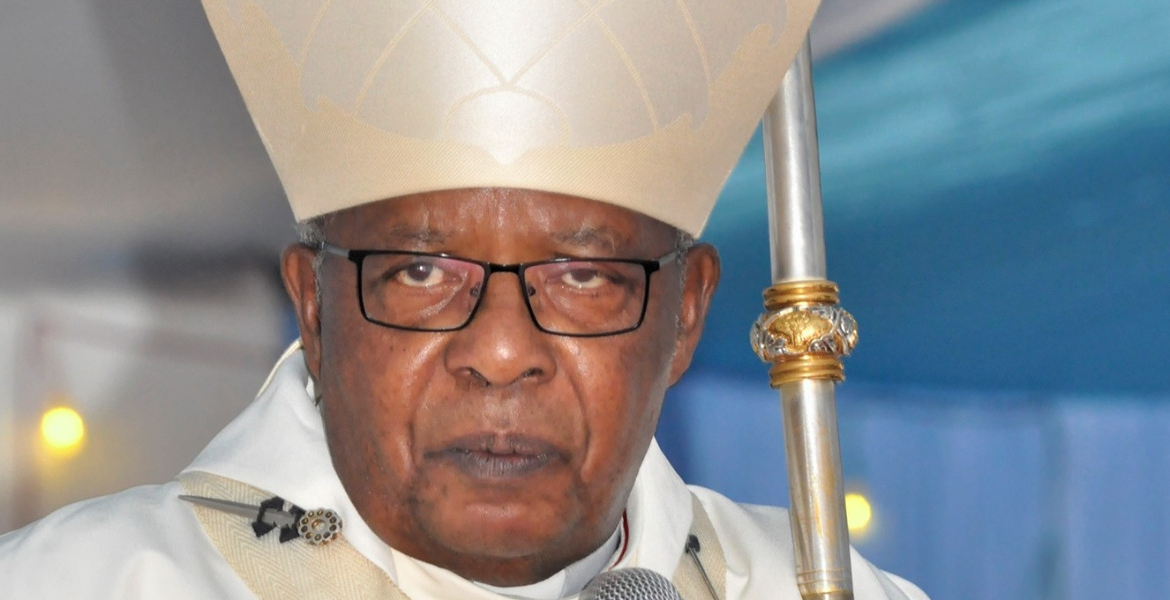
Vatican City is abuzz as the College of Cardinals convenes to elect the 267th successor to St. Peter, initiating a process steeped in centuries-old tradition and cloaked in strict secrecy.
The conclave commences Thursday morning with the first smoke signal anticipated to emerge, signaling either progress or deadlock in the selection of the next pontiff. However, the assembly is marked by the notable absence of Kenya's John Cardinal Njue, one of 18 African cardinals eligible to vote, prompting discussion over conflicting accounts regarding his participation. According to Vatican News, a total of 130 cardinals will serve as electors, slightly below the initial projection of 133. This figure reflects the absence of Cardinal Njue, along with Spain's Antonio Cañizares, both citing health concerns.
Cardinal Njue’s absence has triggered a series of questions, intensified by his own assertion that he had not received an invitation. His comments contradicted Nairobi Archbishop Philip Anyolo's statement that Njue was officially invited but declined for health reasons. The Archbishop clarified that the Apostolic Nunciature in Kenya had informed the Holy See of Njue's decision. Despite the ambiguities, Vatican officials had previously acknowledged that both Njue and Cañizares would not attend due to health issues.
The Catholic News Agency had noted that Njue, whose birthdate was recently updated in the Pontifical Yearbook to January 1, 1946, retains the right to vote in a papal election until 2026. Logistical and health constraints, however, precluded his participation in this conclave. The conclave is characterized by stringent secrecy. Participating cardinals are required to take an oath of confidentiality, vowing to keep the deliberations and voting process undisclosed until the final decision is reached. This practice aims to ensure the independence and integrity of the election process.
The day begins with cardinals being transported from their residence in Casa Santa Marta to the Apostolic Palace. The election will proceed with a Mass and Lauds in the Pauline Chapel, followed by mid-morning prayers in the Sistine Chapel. Voting then officially commences. A key element of the conclave is the symbolic emission of smoke signals. Black smoke indicates inconclusive voting, while white smoke signals the successful election of a new pope. Vatican spokesperson Matteo Bruni indicates that the first results could emerge around 10:30 a.m., with subsequent voting in the afternoon.
Cardinals will return to Santa Marta for lunch before resuming deliberations, with the possibility of another smoke signal appearing after 5:30 p.m. Chemical additives are used to ensure the public can distinguish between the two types of smoke. Beyond the selection of Pope Francis’s successor, discussions leading up to the conclave have underscored the pressing challenges facing the Church.
Cardinals in preparatory meetings have emphasized the importance of continuing the reforms initiated under Pope Francis, particularly concerning governance, economic administration, and efforts to combat abuses within religious institutions. At a time when global conflicts, societal divisions, and environmental crises dominate international discourse, the Vatican has stressed the necessity for a leader who prioritizes unity, peace, and sustainability.
The agenda for the next pontiff includes addressing climate change, Easter date alignment, and ecumenical cooperation. The cardinals have emphasized that the incoming leader must embody qualities of mercy, bridge-building, and pastoral guidance. Other issues raised during the preparatory congregations include religious freedoms in regions experiencing conflict, the importance of Christian formation, and the recognition of martyrs who have sacrificed their lives in defense of the faith.

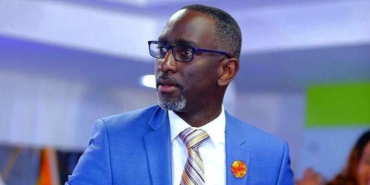
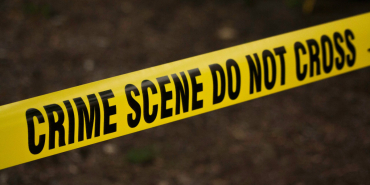

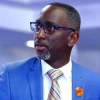
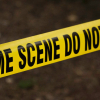
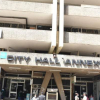

Add new comment